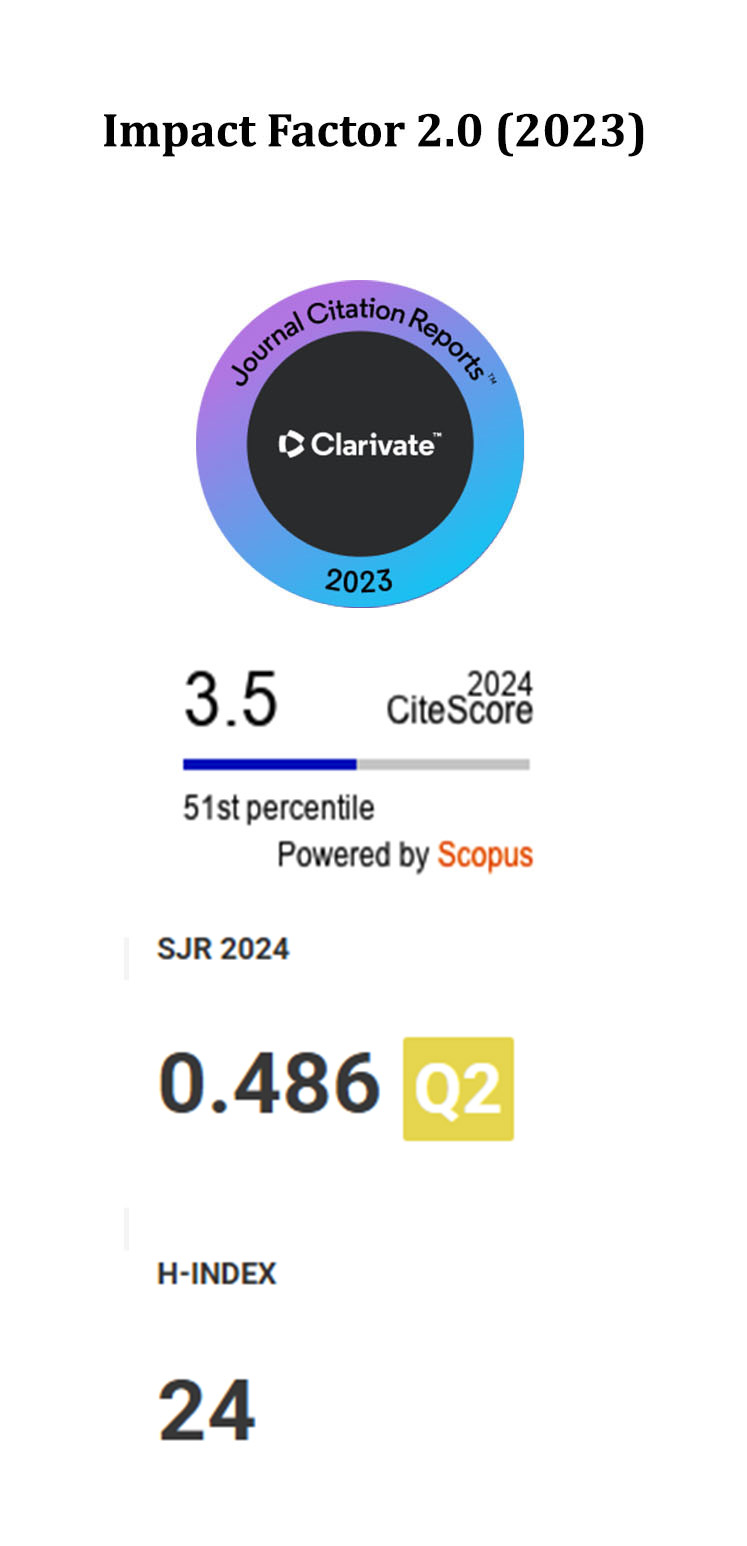Single-Pulse Detection Method of Radar Weak Target Based on a Two-Stage Deep Neural Network
DOI:
https://doi.org/10.5755/j01.itc.54.2.40167Keywords:
Radar, Single-Pulse Detection, Deep Learning, Weak Target DetectionAbstract
With the increasing prevalence of drones in low-altitude airspace, the radar detection of weak targets with a low signal-to-noise ratio (SNR) still poses a crucial challenge. Traditional constant false alarm rate (CFAR) methods encounter issues of high false alarms and low accuracy when the SNR is below-15dB. This paper puts forward a two-stage deep neural network to improve weak target detection by emulating human visual perception. In the first stage (coarse detection), potential targets are rapidly localized through grid-based regression. In the second stage (fine detection), depth-wise separable convolution (DSC) and residual connections are utilized for accurate classification. Experimental results show that, at an SNR of -20dB, the detection rate of the proposed method is 20% higher than that of CFAR methods, and the inference speed is 3.66 times faster than that of single-stage networks. Ablation studies confirm the efficiency improvements brought by the coarse detection network. This approach offers a robust solution for real-time drone surveillance in complex and cluttered environments.
Downloads
Published
Issue
Section
License
Copyright terms are indicated in the Republic of Lithuania Law on Copyright and Related Rights, Articles 4-37.




